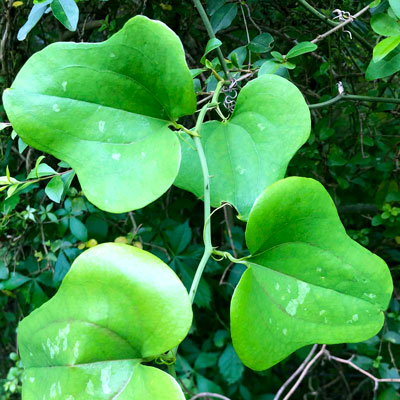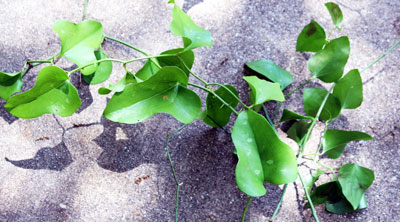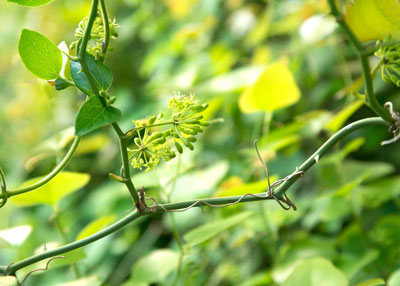Question of the Week – Number One: November 24, 2020
“What is this thorny vine that is clambering all over plants on some land we just bought? How can we get rid of it before we build?”

My wife and I live on 11 rural, wooded acres, and this vine – smilax briar – was chest-deep across several of those acres. I hired the farmer across the road to brush cut it all back to the ground when we bought the property. Only a handful of plants resprouted.
In the ensuing 49 years, I’ve cleared the brush and undergrowth from most of the rest of the acreage, and simply cutting it down has gotten rid of almost all of it.
Those plants that do return must be hand-dug. Many have large tubers that must be removed, and others have a network of pencil-sized roots that would resprout if left in place.

I advocate broadleafed weedkillers here frequently, but there isn’t enough leaf area on smilax, and the roots are too extensive for those herbicides to be effective. I bypass that option entirely and simply mow and dig. The process gets much easier very quickly, so don’t give up the battle.

And learn to recognize the young seedlings as they emerge in the spring. (Birds will keep planting them.) It’s a lot easier to hoe them out when they’re 2 inches tall than to grub them out when they’re to the tops of your trees!
